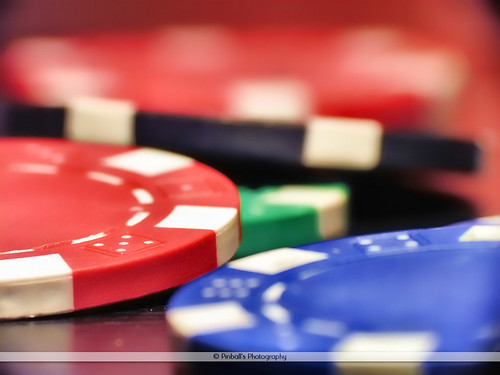It wasn't much. In fact, it was usually less than ten dollars, but we were poor college students, so there was one day when no one had the spare change to pitch in, but we still wanted to play.
So we divvied up the chips and played anyway. It didn't work.
See, if we weren't playing for anything, people did silly things. They'd call when they weren't holding anything at all, go "all in" on a whim, and generally make careless decisions because there, frankly, wasn't any reason to care.
That five or six bucks wasn't going to make any of us rich, but it was enough to make us actually play poker, calculate odds, consider the long game.
Sometimes I feel like my students are playing fake poker in my class. It doesn't matter how much I impress upon them the need to consider an audience. It doesn't matter how many audience analysis exercises I design. It doesn't matter how many peer reviews we do where their work is seen by other students.
At the end of the day, their isn't an authentic audience for them to sincerely have in mind.
So just like my friends and I were genuinely trying to play poker, I think my students are genuinely trying to consider an audience. But our imaginations only go so far. There's really no substitute for the real thing.
Do you have any ideas for creating authentic audiences for students? How can we make our artificial ones more effective? Is there ever a way to keep the classroom from becoming a game of fake poker?
Photo: Scott Stults


No comments:
Post a Comment